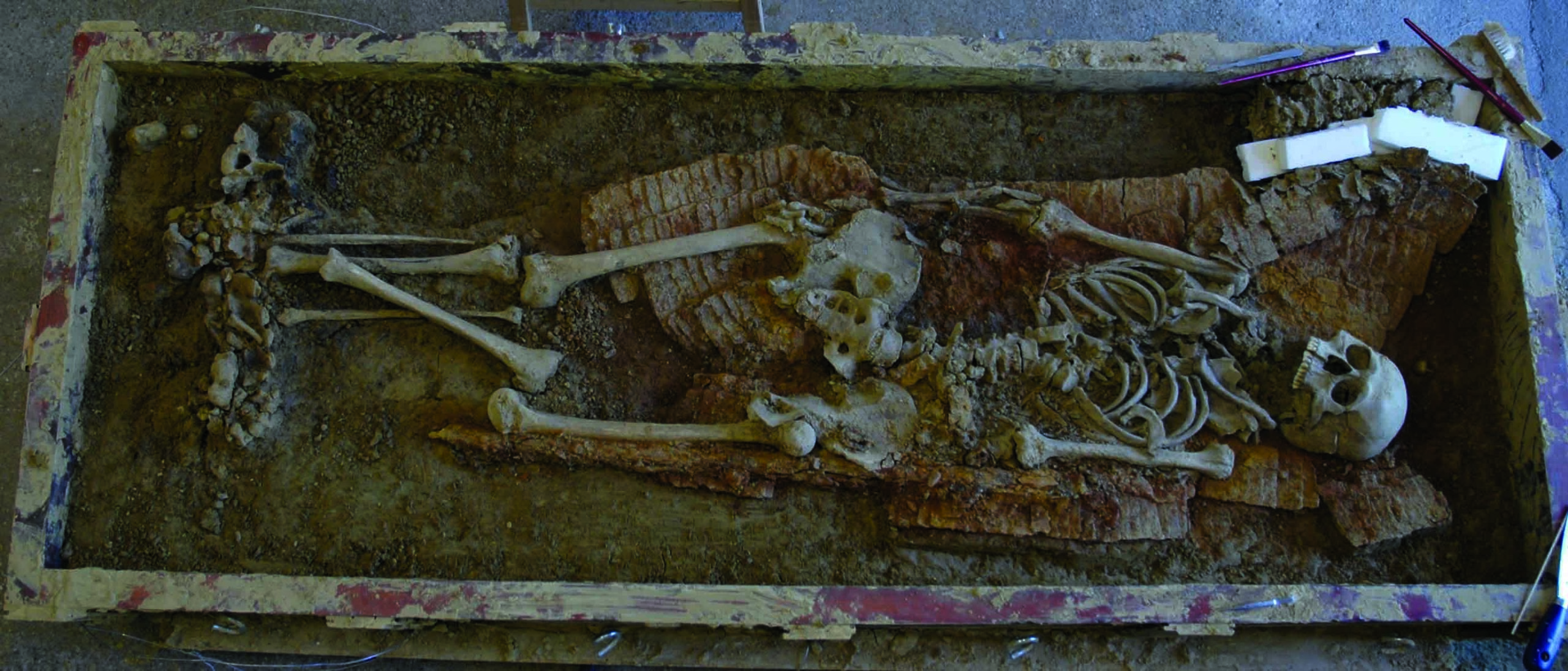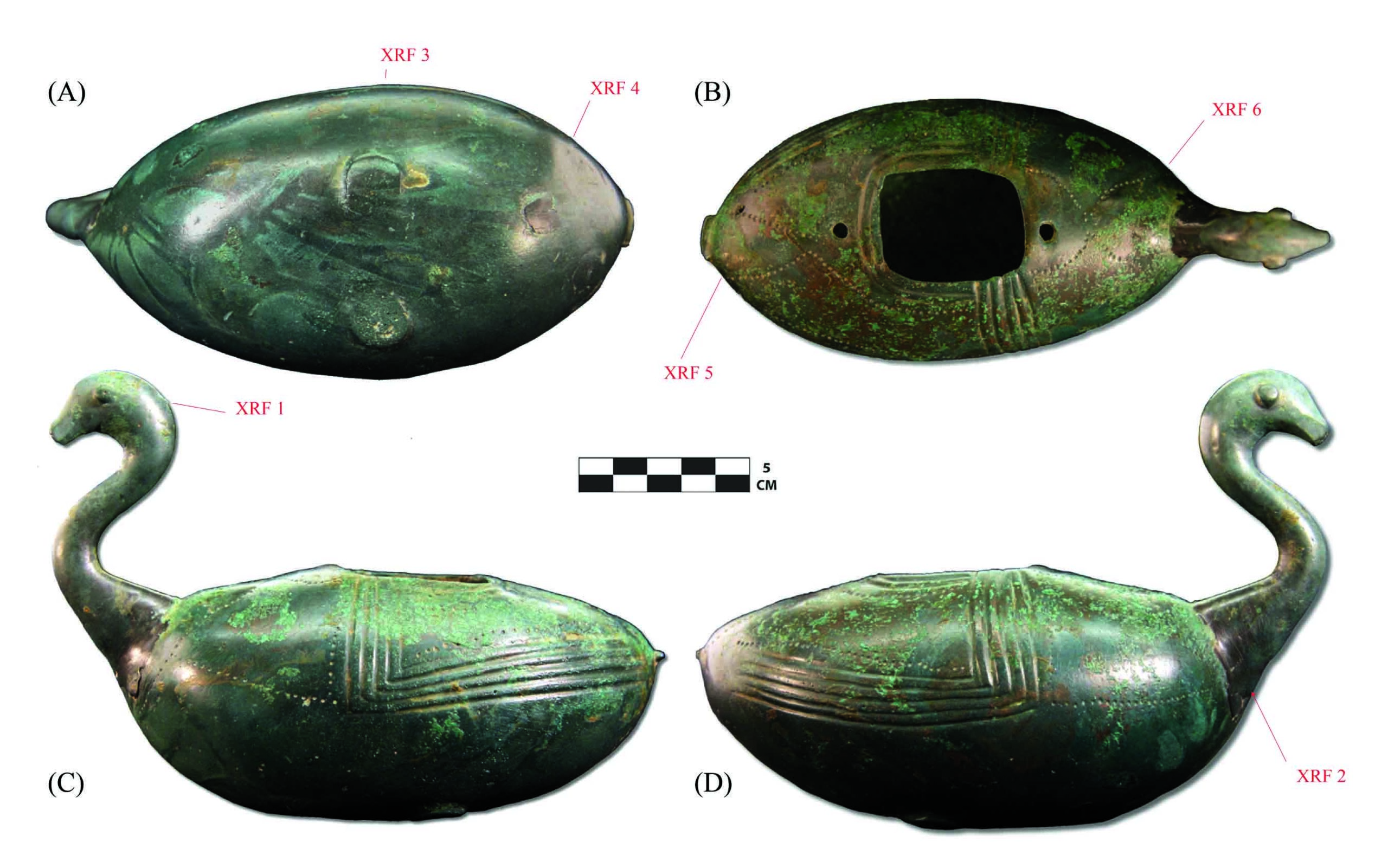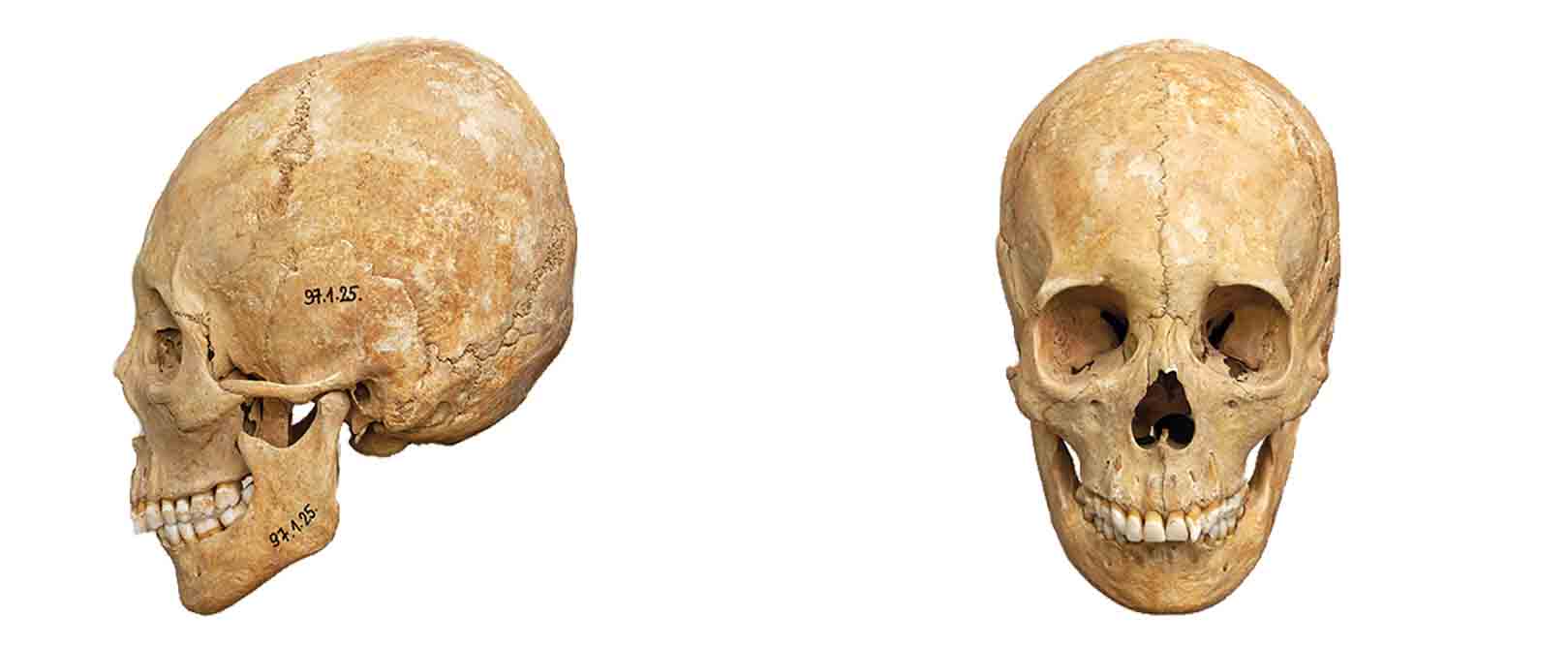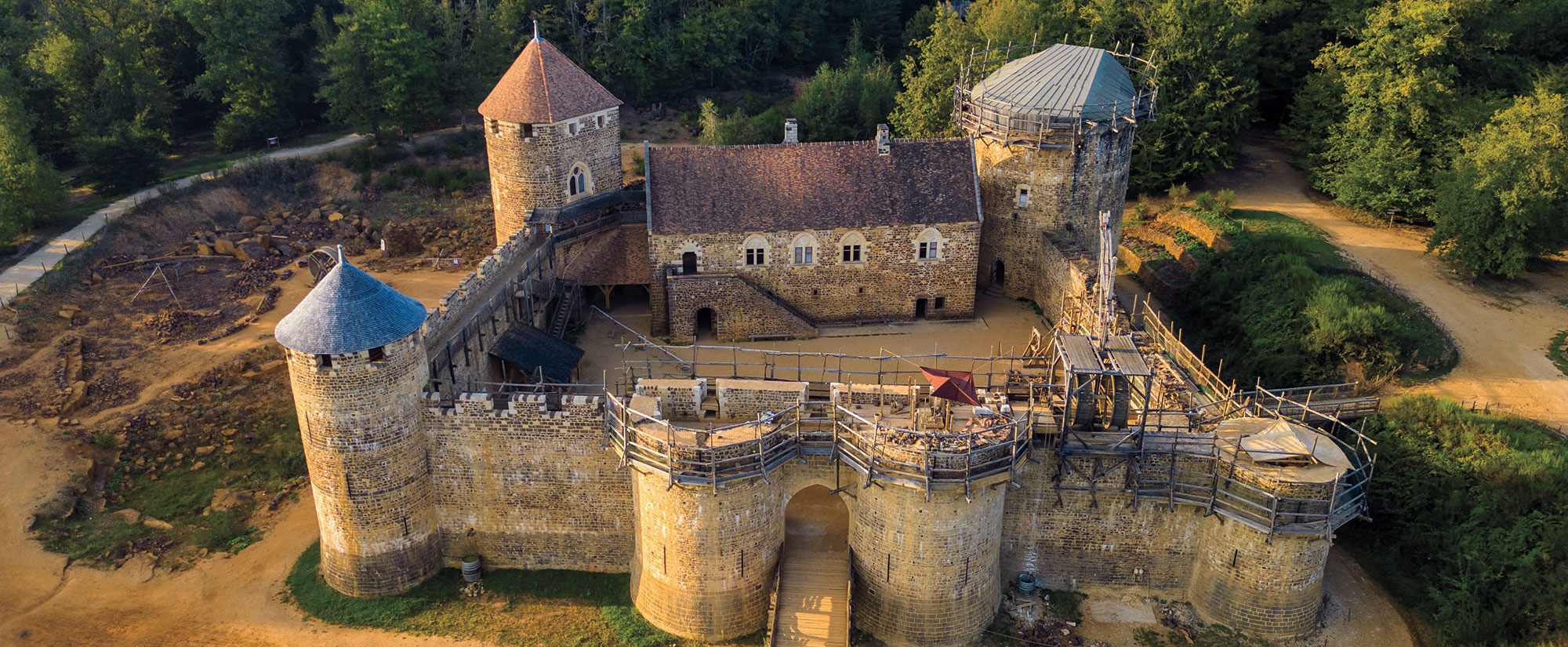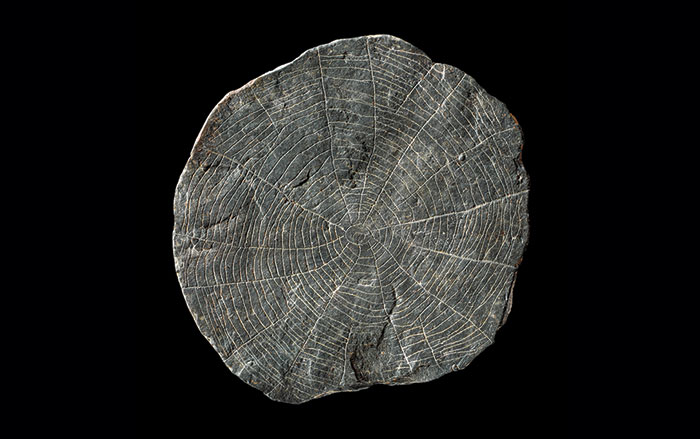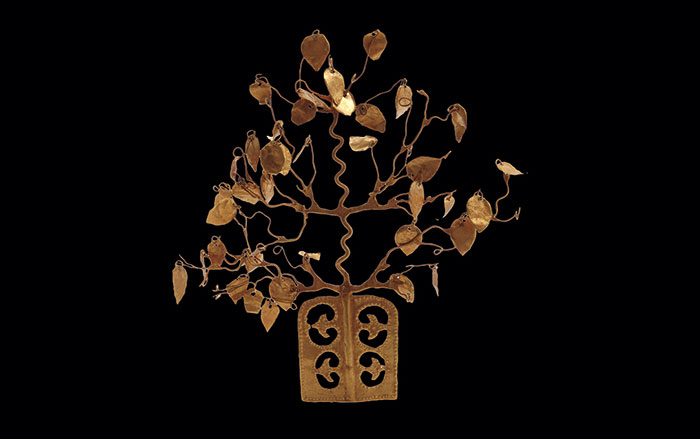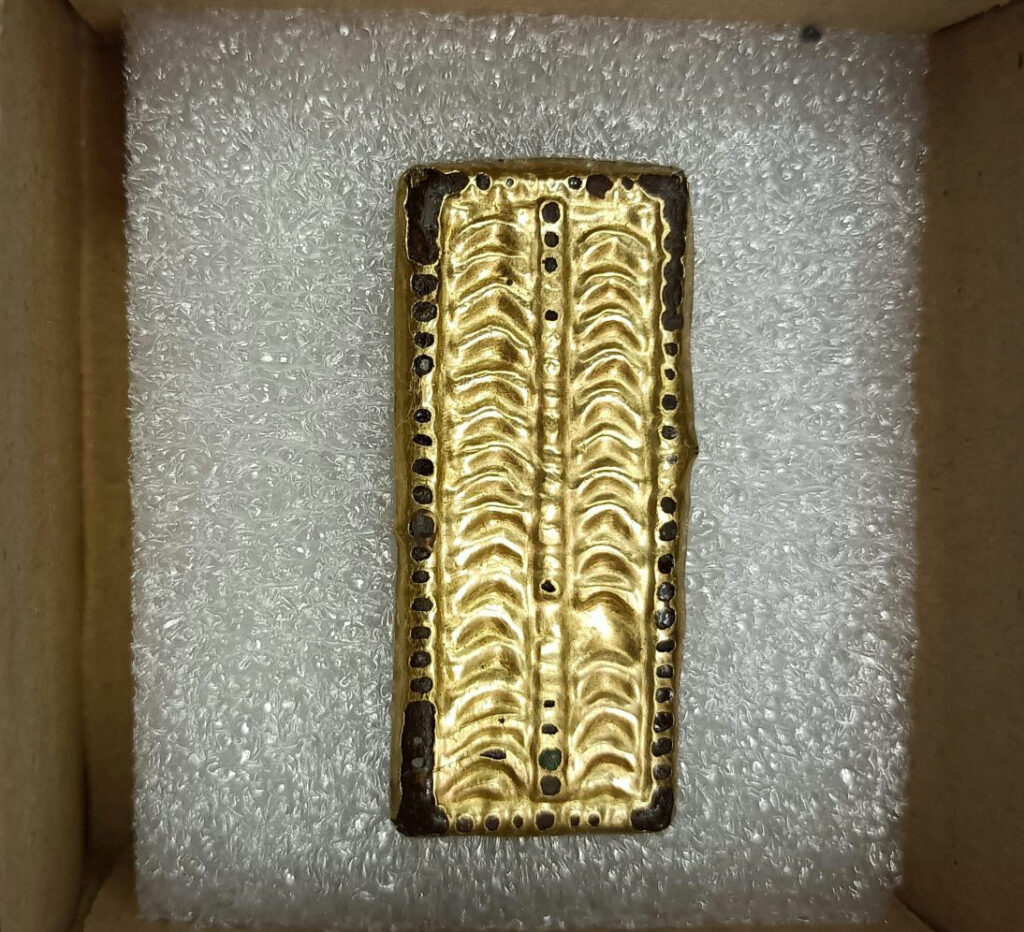
SZÉKESFEHÉVÁR, HUNGARY—Excavation of a tomb in central Hungary has yielded an iron saber, silver belt fittings, gilded hair ornaments, earrings made of glass beads, a long knife, and arrowheads, Live Science reports. The fragile weapon was carefully removed from the tomb in a custom-made wooden cradle. Traces of decoration on its curved blade are still visible through a thick layer of rust. The burial, which had been disturbed, was discovered through an examination of satellite imagery as part of “Cemeteries from Space,” a project conducted by researchers from the Hungarian National Museum and the King Saint Stephen Museum. Dated to between A.D. 670 and 690, the tomb is thought to have been built by a seminomadic group known as the Pannonian Avars. A recent genetic study indicates that this group could be related to the Avars of Central Asia. For more, go to "The Avars Advance."




